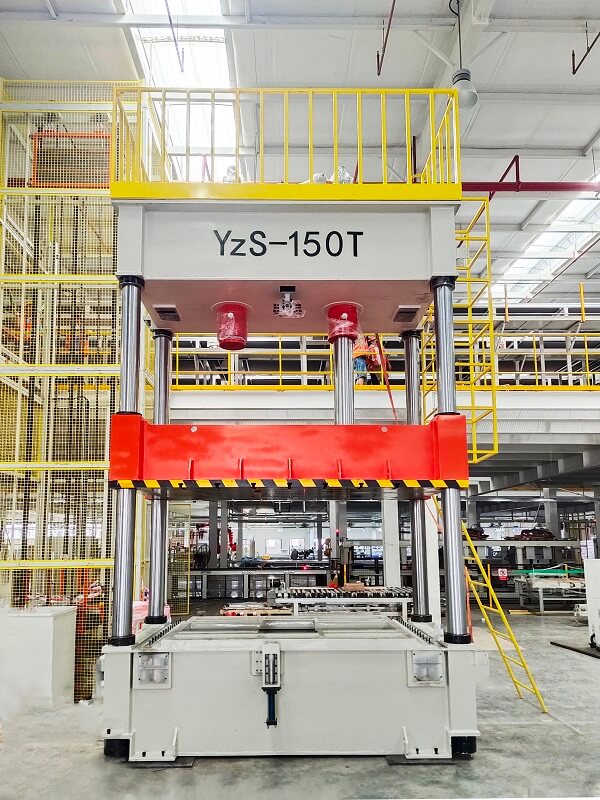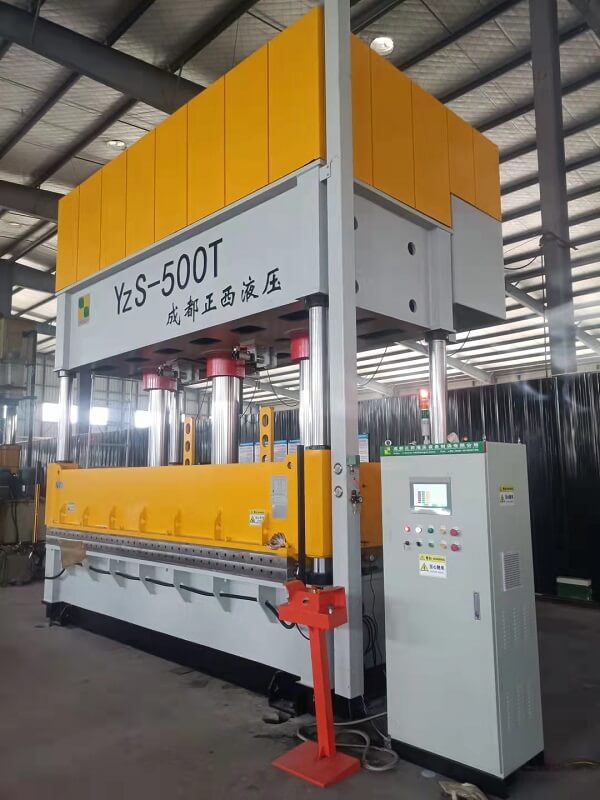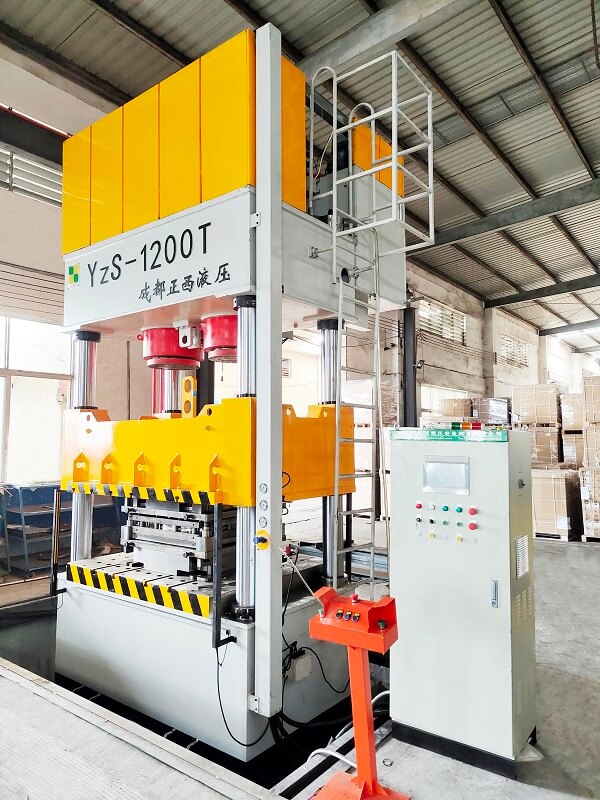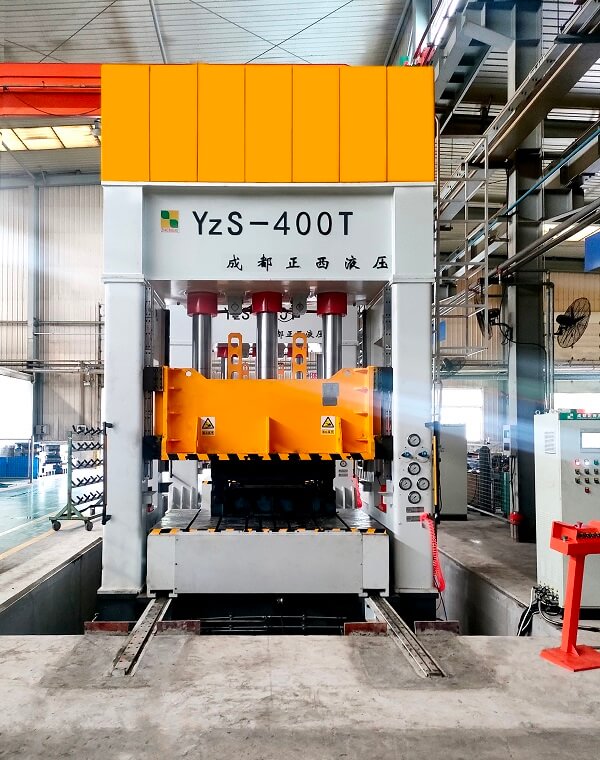There are many methods for diagnosing hydraulic equipment failures. At present, the commonly used methods are visual inspection, comparison and replacement, logical analysis, special instrument detection, and state monitoring.
Table of Content:
1. Visual Inspection Method
2. Comparison and Substitution
3. Logic analysis
4. Instrument-specific Detection Method
5. State Monitoring Method
Visual Inspection Method
The visual inspection method is also called the preliminary diagnosis method. It is the simplest and most convenient method for hydraulic system fault diagnosis. This method is carried out through the six-character oral method of “seeing, listening, touching, smelling, reading, and asking”. The visual inspection method can be carried out both in the working state of the hydraulic equipment and in the non-working state.
1. See
Observe the actual situation of the hydraulic system working.
(1) Take a look at the speed. Refers to whether there is any change or abnormality in the movement speed of the actuator.
(2) Look at the pressure. Refers to the pressure and changes of each pressure monitoring point in the hydraulic system.
(3) Look at the oil. Refers to whether the oil is clean, or deteriorated, and whether there is foam on the surface. Whether the liquid level is within the specified range. Whether the viscosity of the hydraulic oil is appropriate.
(4) Look for leakage, referring to whether there is leakage in each connecting part.
(5) Look at vibration, which refers to whether the hydraulic actuator is beating when it is working.
(6) Look at the product. Judge the working status of the actuator, the working pressure and flow stability of the hydraulic system, etc. according to the product quality processed by the hydraulic equipment.
2. Listen
Use a hearing to judge whether the hydraulic system is working normally.
(1) Listen to the noise. Listen to whether the noise of the liquid music pump and the liquid music system is too loud and the characteristics of the noise. Check whether pressure control components such as relief valves and sequence regulators have screamed.
(2) Listen to the impact sound. Refers to whether the impact sound is too loud when the hydraulic cylinder of the workbench changes direction. Is there a sound of the piston hitting the bottom of the cylinder? Check whether the reversing valve hits the end cover when reversing.
(3) Listen to the abnormal sound of cavitation and idle oil. Check whether the hydraulic pump is sucked into the air and whether there is a serious trapping phenomenon.
(4) Listen to the knocking sound. Refers to whether there is a knocking sound caused by damage when the hydraulic pump is running.
3. Touch
Touch the moving parts that are allowed to be touched by hand to understand their working status.
(1) Touch the temperature rise. Touch the surface of the hydraulic pump, oil tank, and valve components with your hands. If you feel hot when you touch it for two seconds, you should check the cause of the high-temperature rise.
(2) Touch vibration. Feel the vibration of moving parts and pipelines by hand. If there is high-frequency vibration, the cause should be checked.
(3) Touch crawling. When the workbench is moving at a light load and low speed, check whether there is any crawling phenomenon by hand.
(4) Touch the degree of tightness. It is used to touch the tightness of the iron stopper, micro switch, and fastening screw, etc.
4. Smell
Use the sense of smell to distinguish whether the oil is smelly or not. Whether the rubber parts emit a special smell due to overheating, etc.
5. Read
Review the relevant failure analysis and repair records, daily inspection and regular inspection cards, and shift records and maintenance records.
6. Ask
Access to the equipment operator and the normal operation status of the equipment.
(1) Ask whether the hydraulic system is working normally. Check the hydraulic pump for abnormalities.
(2) Ask about the replacement time of hydraulic oil. Whether the filter is clean.
(3) Ask whether the pressure or speed regulating valve has been adjusted before the accident. What is abnormal?
(4) Ask whether the seals or hydraulic parts have been replaced before the accident.
(5) Ask what abnormal phenomena occurred in the hydraulic system before and after the accident.
(6) Ask about what failures often occurred in the past and how to eliminate them.
Due to the differences in each person’s feelings, judgment ability, and practical experience, the judgment results will definitely be different. However, after repeated practice, the cause of the failure is specific and will eventually be confirmed and eliminated. It should be pointed out that this method is more effective for engineers and technicians with practical experience.
Comparison and Substitution
This method is often used to check hydraulic system failures in the absence of testing instruments. And often combined with substitution. There are two cases of comparison and replacement methods as follows.
One case is to use two machines with the same model and performance parameters to conduct comparative tests to find faults. During the test, the suspicious components of the machine can be replaced, and then start the test. If the performance gets better, you will know where the fault is. Otherwise, continue to check the rest of the components by the same method or other methods.
Another situation is that for hydraulic systems with the same functional circuit, the comparative replacement method is used. This is more convenient. Moreover, many systems are now connected by high-pressure hoses, which provides more convenient conditions for the implementation of the replacement method. When suspicious components are encountered when it is necessary to replace the intact components of another circuit, there is no need to disassemble the components, just replace the corresponding hose joints.
Logic analysis
For complex hydraulic system faults, logic analysis is often used. That is, according to the phenomenon of faults, the method of logical analysis and reasoning is adopted. There are usually two starting points for using logical analysis to diagnose hydraulic system faults:
One is starting from the main. The failure of the main engine means that the actuator of the hydraulic system is not working properly.
The second is to start from the failure of the system itself. Sometimes system failure does not affect the main engine in a short time, such as oil temperature change, noise increase, etc.
Logical analysis is only qualitative analysis. If the logical analysis method is combined with the test of special testing instruments, the efficiency and accuracy of fault diagnosis can be significantly improved.
Instrument-specific Detection Method
Some important hydraulic equipment must be subject to quantitative special testing. That is to detect the root cause parameters of the fault and provide a reliable basis for fault judgment. There are many special portable fault detectors at home and abroad, which can measure flow, pressure, and temperature, and can measure the speed of pumps and motors.
(1) Pressure
Detect the pressure value of each part of the hydraulic system and analyze whether it is within the allowable range.
(2) Traffic
Check whether the oil flow value at each position of the hydraulic system is within the normal range.
(3)Temperature Rise
Detect the temperature values of hydraulic pumps, actuators, and fuel tanks. Analyze whether it is within the normal range.
(4) Noise
Detect abnormal noise values and analyze them to find the source of the noise.
It should be noted that the hydraulic parts suspected of failure should be tested on the test bench according to the factory test standard. Component inspection should be easy first and then difficult. Important components cannot be easily removed from the system. Even blind disassembly inspection.
State Monitoring Method
Much hydraulic equipment itself is equipped with detection instruments for important parameters. Or the measurement interface is reserved in the system. It can be observed without removing the components, or the performance parameters of the components can be detected from the interface, providing a quantitative basis for preliminary diagnosis.
For example, various monitoring sensors such as pressure, flow, position, speed, liquid level, temperature, filter plug alarm, etc. are installed in the relevant parts of the hydraulic system and in each actuator. When an abnormality occurs in a certain part, the monitoring instrument can measure the technical parameter status in time. And it can be automatically displayed on the control screen, so as to analyze and study, adjust parameters, diagnose faults, and eliminate them.
Condition monitoring technology can provide various information and parameters for the predictive maintenance of hydraulic equipment. It can correctly diagnose difficult faults that cannot be solved only by human sensory organs.
The state monitoring method is generally applicable to the following types of hydraulic equipment:
(1) Hydraulic equipment and automatic lines that have a greater impact on the entire production after failure.
(2) Hydraulic equipment and control systems whose safety performance must be ensured.
(3) Precise, large, rare, and critical hydraulic systems that are expensive.
(4) Hydraulic equipment and hydraulic control with high repair cost or long repair time and large loss due to failure shutdown.
The above is the method of troubleshooting all hydraulic equipment. If you still cannot determine the cause of the equipment failure, you can contact us. Zhengxi is a well-known manufacturer of hydraulic equipment, has a high-level after-sales service team, and provides professional hydraulic machine maintenance services.
Post time: Jun-01-2023










